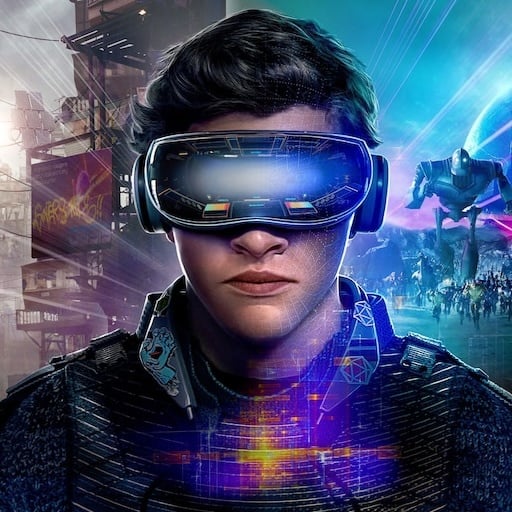Let’s get this straight up front: The Vive Focus Vision isn’t a competitor to the Meta Quest 3, or the recently released Quest 3S. At $999, how could it be? Instead, it’s another stab at the high-end VR market for HTC Vive, an audience it’s cultivated since the launch of the first Vive headset in 2016. While Meta has leaned more towards cheaper and more mainstream VR headsets over the last decade, HTC Vive has done practically the opposite, aiming for VR gearheads and enterprise customers with PC headsets like the Vive Pro 2 and feature-rich standalone models like the Focus 3.
You can think of the Vive Focus Vision as a cross between the Focus 3 and last year’s goggle-like XR Elite. It’s a standalone headset with two 16MP color cameras for mixed reality, built-in eye tracking and automatic interpupillary distance (IPD) adjustment. It could also be appealing to PC gamers with its $149 DisplayPort wired streaming kit, which gives you an uncompressed view of high-end VR experiences like Half-Life: Alyx.
As intriguing as its new features are, though, the more I tested the Focus Vision, the more it felt like a missed opportunity for HTC’s Vive VR platform. For one, it’s running the same Snapdragon XR2 chip as the Focus 3 and Quest 2. That chip originally debuted in 2020, and it simply seems inexcusable in a high-end headset today. Both the $300 Quest 3S and $500 Quest 3 sport the XR2 Gen 2 processor, which is 2.5 times faster than the original chip and also has up to eight times faster AI processing. For a high-end headset at the tail-end of 2024, I would have expected HTC to at least match the power of far cheaper competitors, or – even better – to include Qualcomm’s newer XR2+ Gen 2 chip.
The Focus Vision is also still using older Fresnel lens optics, which are prone to artifacts and light bleeding, instead of the sharper pancake lenses in the Quest 3. At least HTC shoved in 12GB of RAM this time around, compared to the 8GB found on the Focus 3 and Quest 3. And the company still has a resolution advantage over the Quest 3: The Focus Vision delivers 2,448 by 2,448 pixels per eye, compared to Meta’s 2,064 by 2,208 pixels per eye. HTC Vive’s 120-degree field of view also delivers a greater sense of immersion than the 110-degree FOV in the Quest 3.
I’m guessing they are keeping the XR2+ and pancake lenses for the focus 4. As someone who works with the focus 3 a lot, the lenses on this thing are pretty bad in 2024, it’s basically impossible to get a clear vision even after adjusting everything. Also it’s not mentioned if it’s still this way but on the focus 3 the head “strap” is solid plastic and cannot be removed or replaced, and the battery is contained at the back of said strap. So if you drop the headset and it breaks, tough luck!
has up to eight times faster AI processing
Am I the only one confused why a standalone vr headset needs to be concerned about AI processing?
No. Nobody cares about built in NPUs. It just makes generational improvements sound bigger than they are.
I always figured that the HTC headsets are primarily PCVR with the standalone capabilities mostly being present to handle decoding the video stream and inside out tracking. For these use cases is there a significant difference in the delay between the gen 1 and 2 chips?
I’ve held off on upgrading my index to a focus vision mostly due to the reported poor lens quality, but I imagine the index is probably not better. It also sucks that it doesn’t plug into my existing lighthouse setup. Ah well, I’ll wait a generation more I guess.
Also lol caring about AI capabilities on a vr headset.




